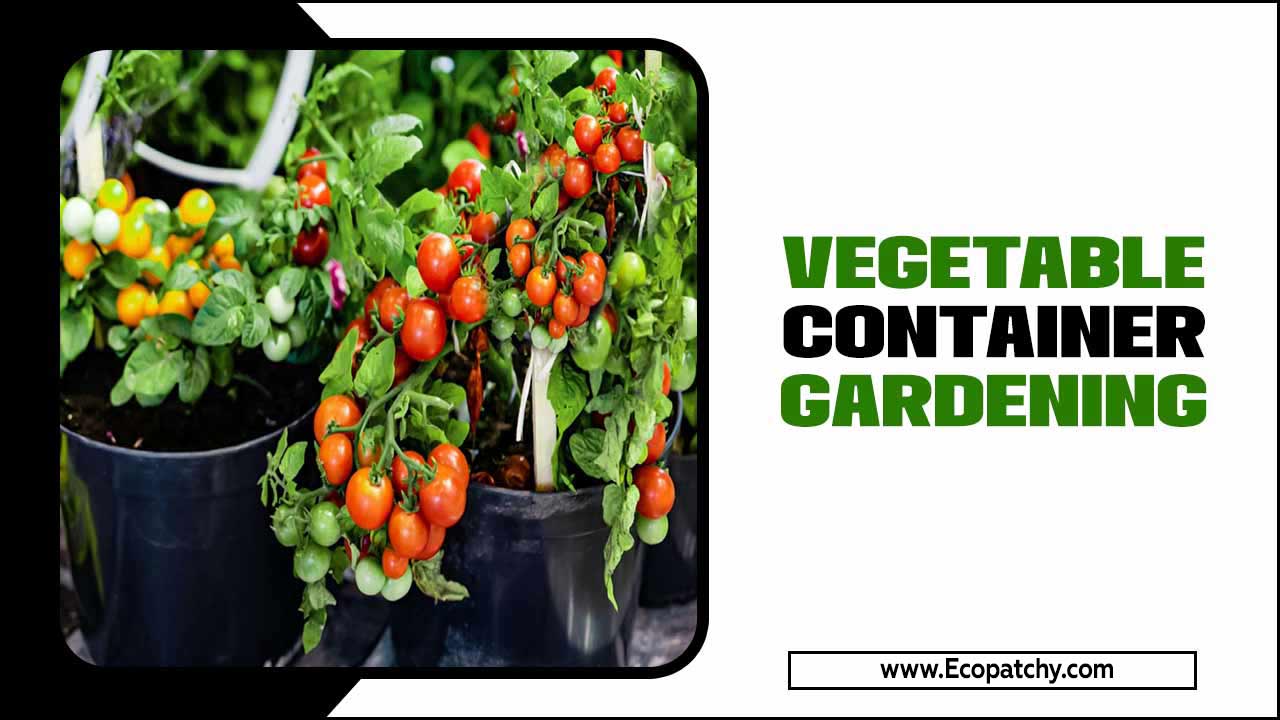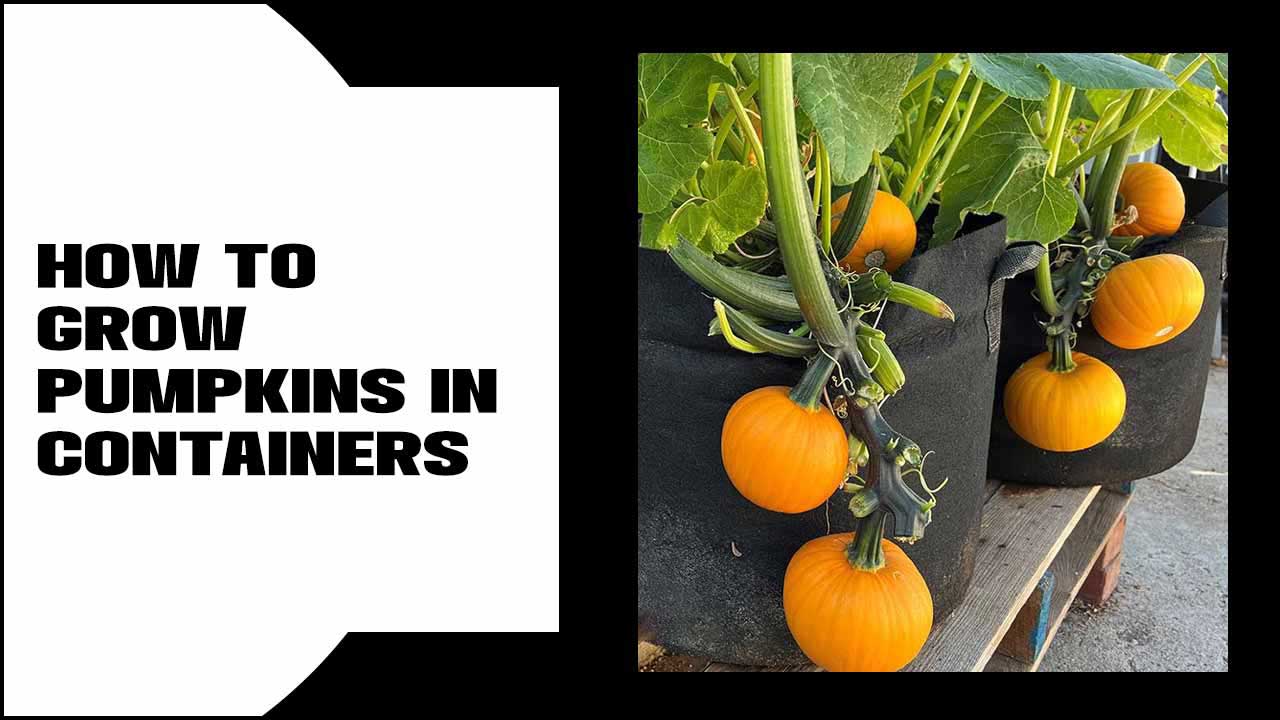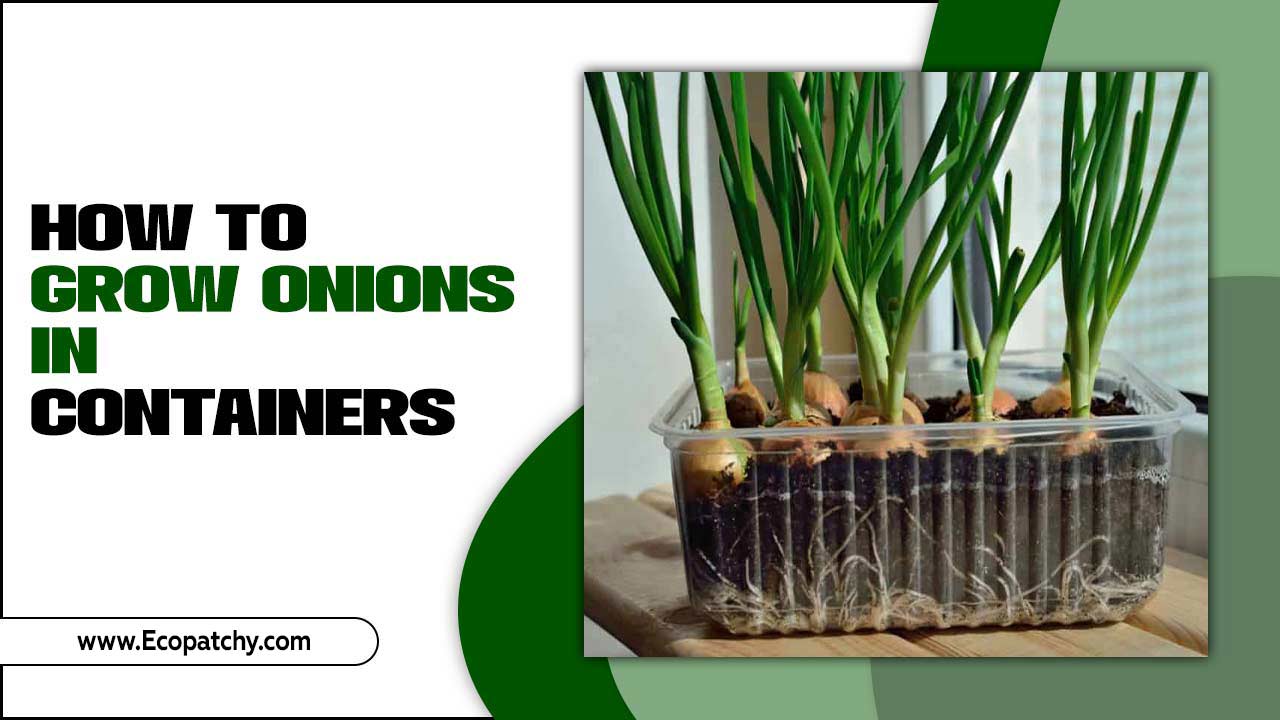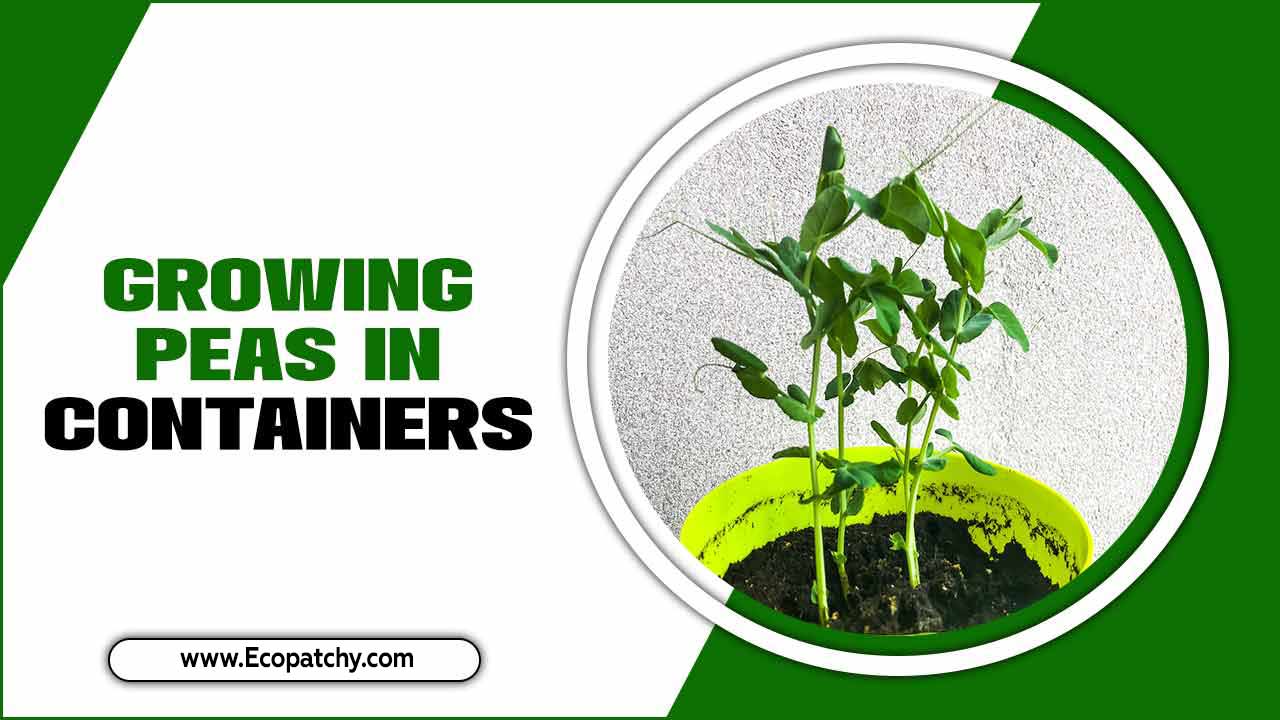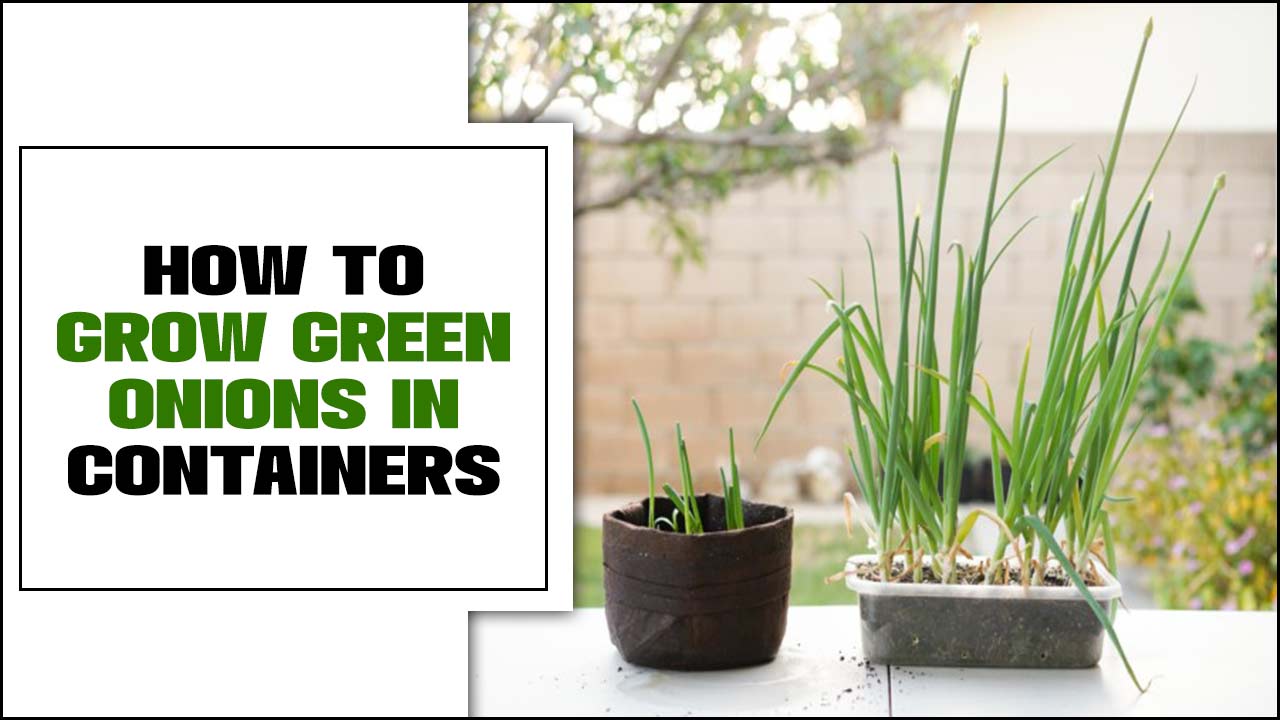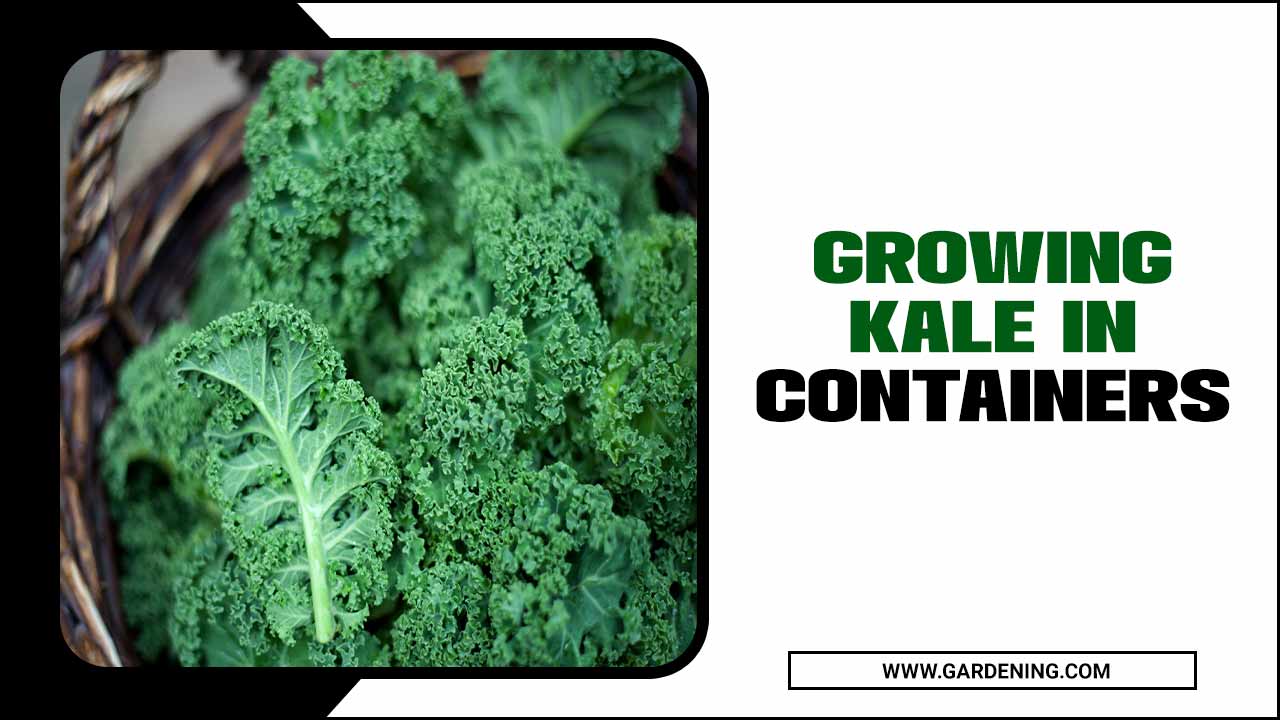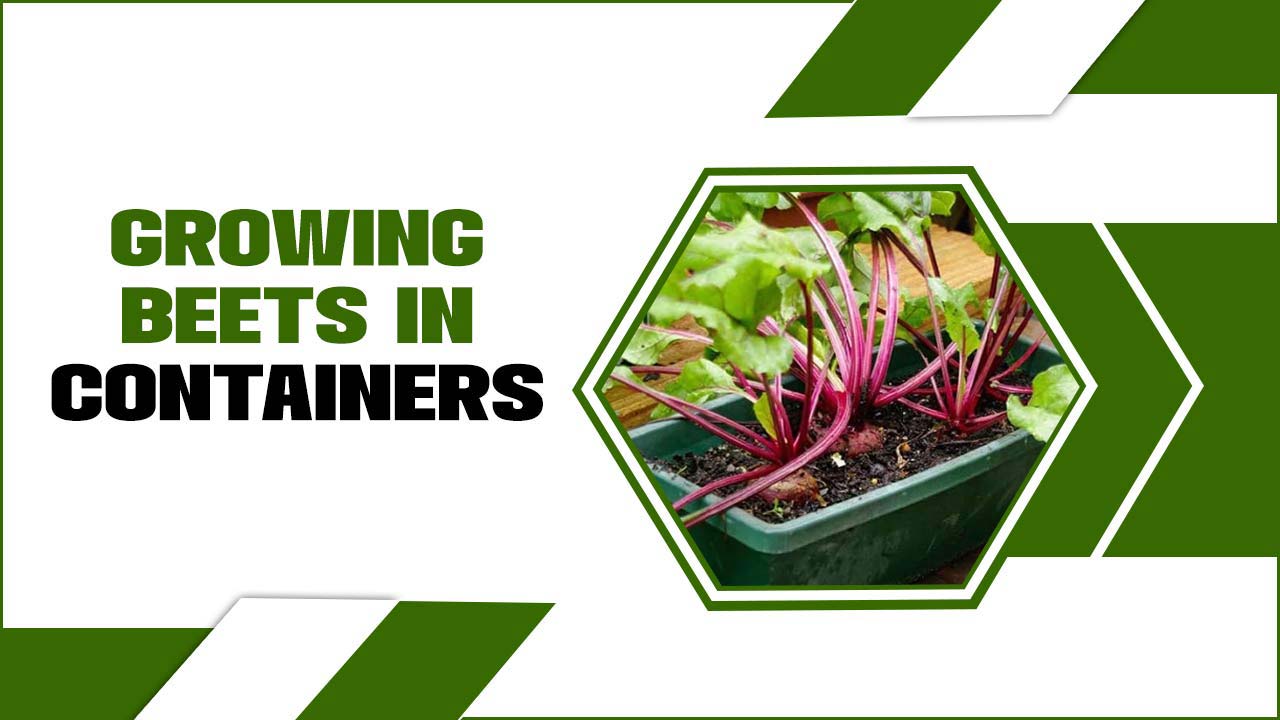Growing your vegetables can be a fulfilling and rewarding experience, especially for root vegetables like carrots. However, not everyone can access a garden or the space to grow them.
But don’t worry; growing-carrots in containers is an excellent alternative for those who want fresh home-grown produce. Here we will walk you through everything you need about growing carrots in containers. From understanding the growth requirements of carrots, evaluating different types of containers, picking the perfect carrot varieties for your needs, and providing adequate water and fertilization.
We’ll also cover the benefits of container-grown carrots, common pests and disorders, ideal harvest time and methods, and troubleshooting issues that may arise while growing them in containers and maintaining your crop.
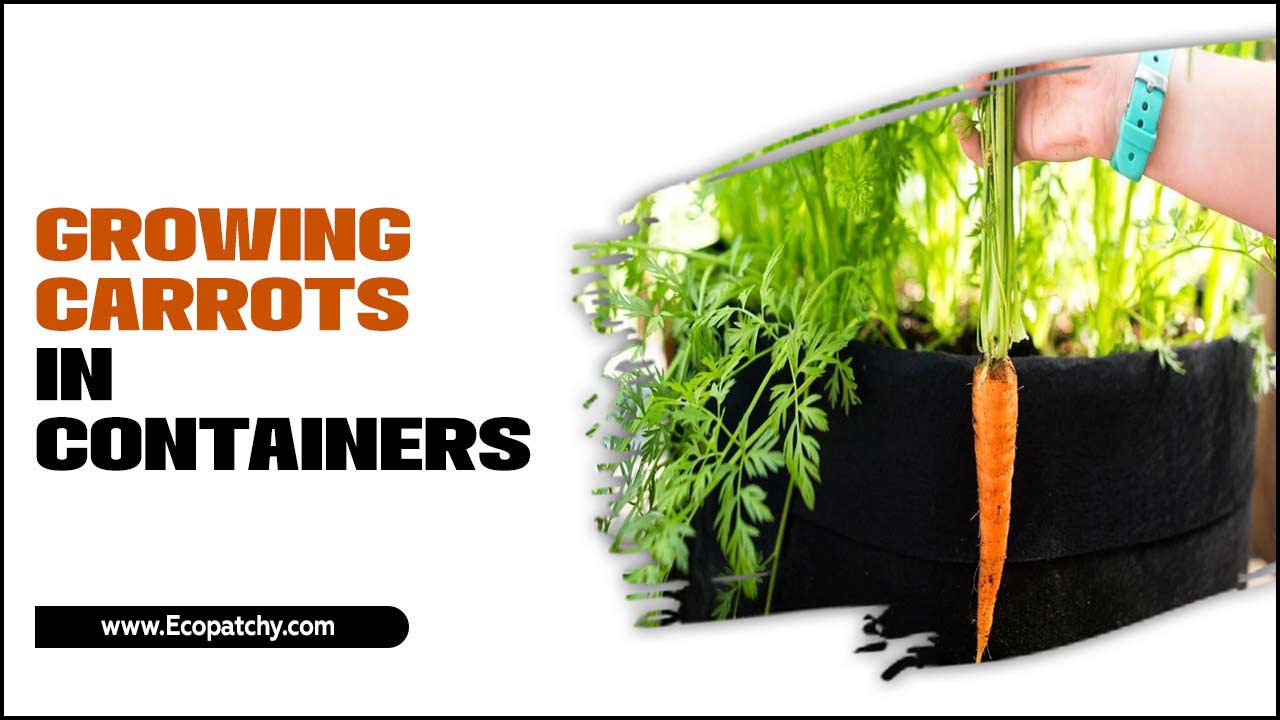
Picking The Perfect Carrot Varieties For Containers
Choosing the right carrot varieties is crucial for success when it comes to growing carrots in containers. Not all carrot varieties are suitable for container gardening, as some may require more space or have longer root lengths.
By carefully selecting the right carrot varieties for your container garden, you can increase your chances of growing healthy and delicious carrots right at home. Here are a few factors to consider when picking the perfect carrot varieties for containers:
- Shorter Carrot Varieties: Look for carrot varieties with shorter roots, as they will be better suited for growing in containers with limited depth.
- Round Or Miniature Carrots: Consider selecting round or miniature carrot varieties, as they grow well in containers and require less space.
- Quick-Maturing Carrots: Opt for quick-maturing carrot varieties that can be harvested within a shorter time frame. This is especially important in container gardening, where space is limited, and you want to maximize your yield.
Step-By-Step Guide To Growing Carrots In Containers
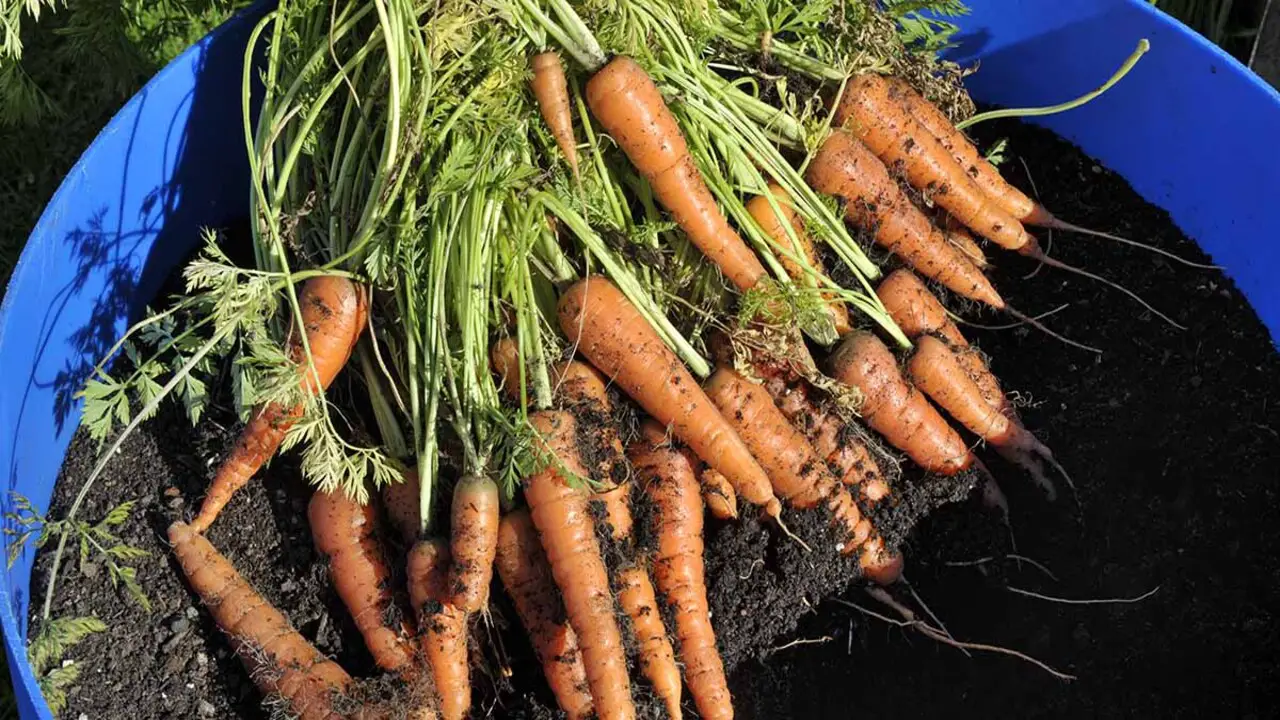
To successfully grow carrots in containers, it is important to understand their growth requirements. Carrots thrive in full sun, so choose a sunny spot for your container. Use a well-draining soil mix with plenty of organic matter to provide the right growing medium for your carrots.
Growing carrots in containers is a great option for those with limited garden space or poor soil quality. Here is a step-by-step guide to help you successfully grow carrots in containers:
1.Select A Sunny Spot
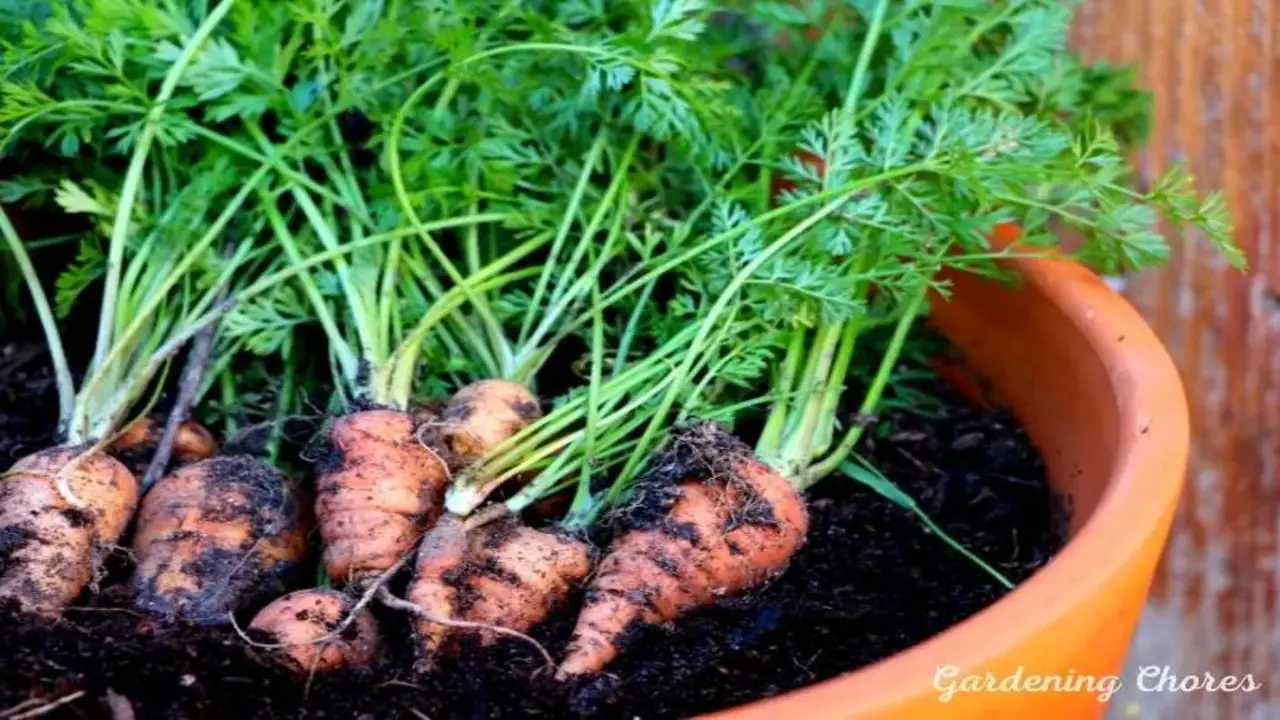
When selecting a sunny spot for growing carrots in containers, there are a few important factors to consider. First and foremost, choose a location that receives at least 6 hours of full sun each day. This will ensure your carrots receive the necessary sunlight to grow and thrive.
Additionally, it’s important to find a spot sheltered from strong winds, if possible, as this can help protect your container from being knocked over or damaged. If you have access to a south-facing window or balcony, this can provide maximum sunlight exposure for your carrots.
Avoid areas with excessive shade or competition from other plants, as carrots need direct sunlight to grow properly. Finally, place your container in a spot easily accessible for maintenance, so you can easily water and tend to your carrot plants.
2.Choose A Container

When growing carrots in containers, it is important to choose the right container to ensure optimal growth. Look for a container at least 12 inches deep, as this will allow the carrot roots to grow properly. Containers with drainage holes are essential to prevent waterlogged soil, which can lead to rot and other issues.
Consider using a self-watering container for easier maintenance, especially if you have a busy schedule. Lightweight materials make transportation easier, especially if you plan on moving your containers around. Choose a container size that can accommodate multiple carrot plants to maximize your harvest.
3.Prepare The Soil
Use a well-draining potting mix specifically formulated for vegetable gardening to prepare the soil for growing carrots in containers. Enhance the soil fertility by adding compost or organic matter. Mix in a small amount of bone meal for an extra nutrient boost. It’s important to ensure the soil is loose and friable to promote optimal root development.
After planting, gently pat down the soil to avoid compacting it. Following these simple steps, you can create an ideal growing medium for your carrots in containers. Remember to provide enough carrots with a lot of space to grow, as they are one of the easiest vegetables to cultivate.
4.Plant The Seeds
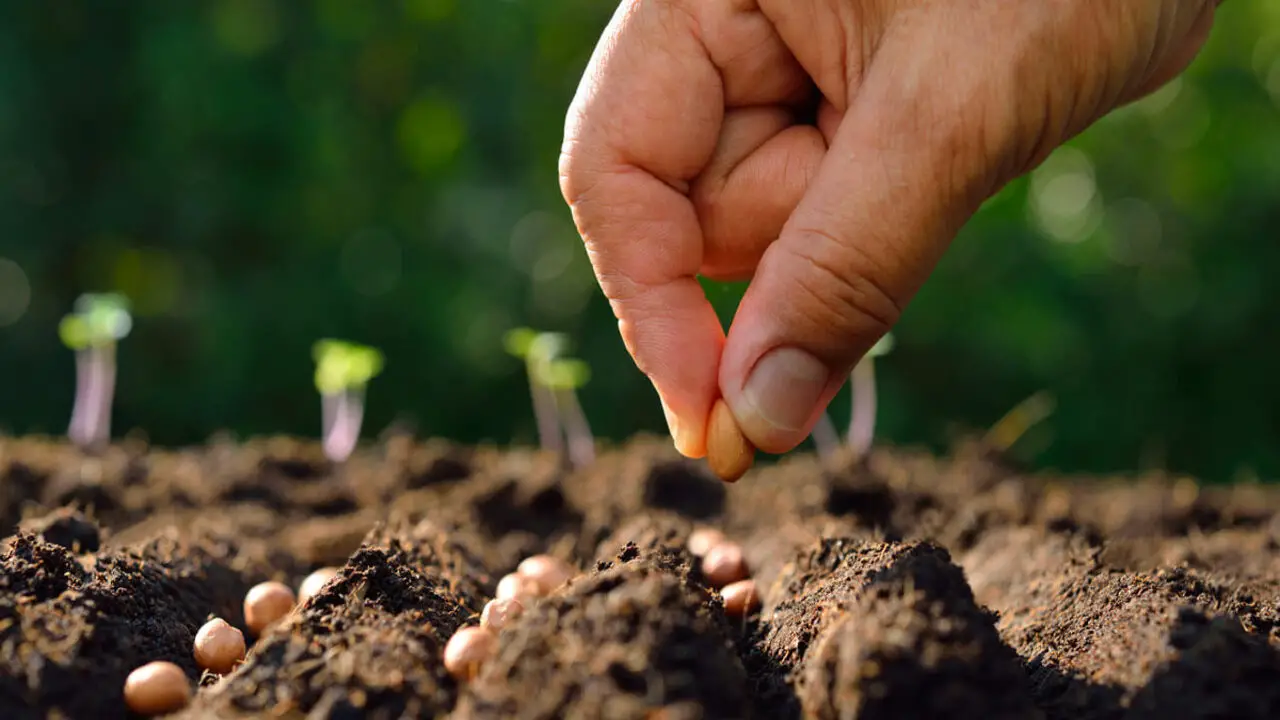
To start growing carrots in containers, choosing the right carrot varieties is important. Opt for varieties that are well-suited for container gardening. Use a well-draining potting mix with plenty of drainage holes to ensure proper drainage.
Sow the carrot seeds according to the instructions on the seed packet, ensuring that the soil is moist but not soggy. Choose a location for your container that receives at least 6 hours of full sun to promote healthy growth. Following these simple steps, you can plant the seeds and set the foundation for a great crop of carrots in containers.
5.Provide Adequate Water
To ensure healthy growth and a bountiful harvest, providing adequate water for your container-grown carrots is essential. These vibrant vegetables thrive in moist soil, so regular watering is crucial. Water deeply, allowing the roots to receive ample moisture.
To gauge the moisture level, insert your finger into the soil. Be mindful not to overwater, which can lead to rot and disease. Mulching around the carrots helps retain moisture, creating an optimal growing environment. Following these simple steps and providing enough water, you can enjoy a great crop of carrots in your container vegetable garden.
6.Thin Out The Crop
To ensure proper growth, thinning out the carrot seedlings in your container is important. Removing the weaker seedlings allows the stronger ones to thrive and develop into healthy carrots. Maintain a spacing of about 2 inches between each carrot plant to provide enough room for growth.
Using scissors, carefully snip off the unwanted seedlings at the soil line. Thinning out the crop creates space and promotes the development of straight roots in the remaining carrots. Remember, thinning is a simple step that can lead to a great crop of carrots in your container garden.
7.Fertilize Regularly
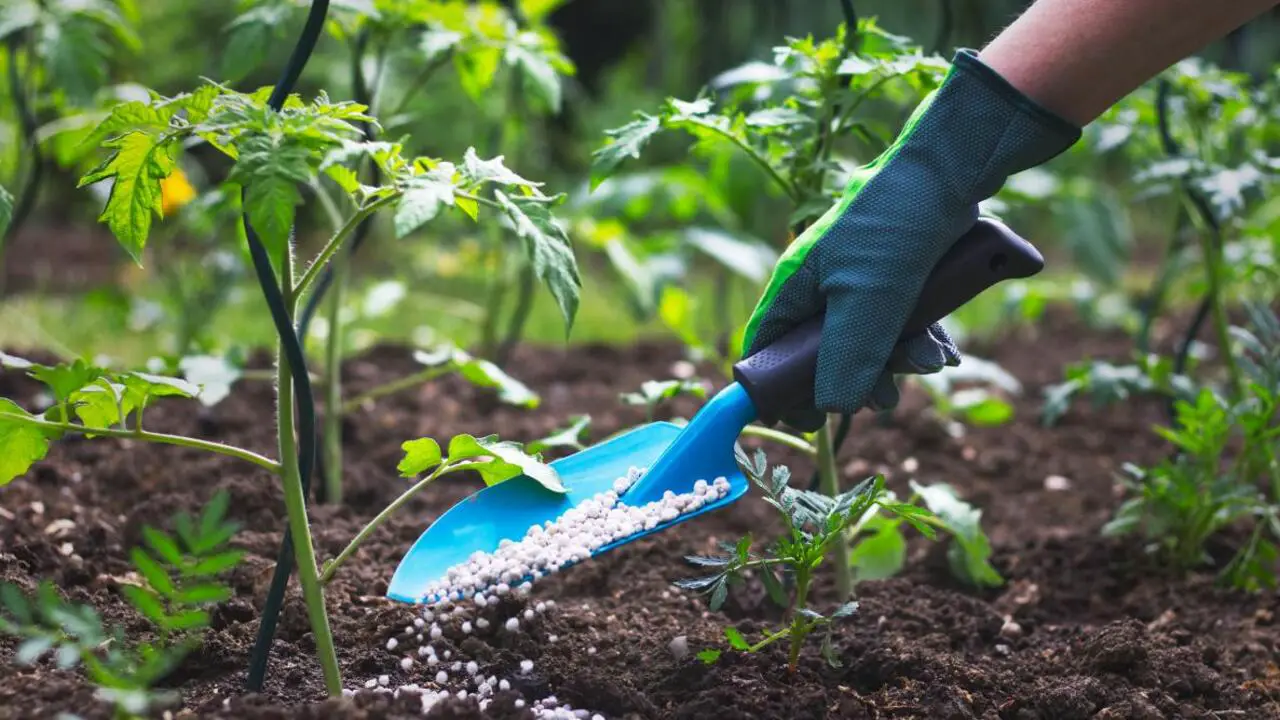
It is important to fertilise regularly to ensure the proper growth and development of your container-grown carrots. Applying organic fertiliser or compost is one way to provide essential nutrients to your carrots. Another effective method is to mix a handful of bone meal into the potting soil.
Additionally, using fish emulsion or another organic fertilizer every few weeks can help promote healthy growth. However, it is crucial to avoid over-fertilizing, as this can lead to excessive foliage growth. Regularly fertilising can ensure a healthy and productive carrot crop, making it a great addition to your vegetable garden.
8.Harvesting
When harvesting carrots grown in containers, there are a few key steps. First, you’ll want to wait until the carrots reach the desired size, which can vary depending on the carrot you’re growing. Gently loosen the soil around the carrots before pulling them out, being careful not to damage the tops of the roots.
Harvesting during the cooler parts of the day is recommended to help maintain the quality of the carrots. Once harvested, store them in a cool, dark place to prolong their shelf life. Now you can enjoy the satisfaction of homegrown carrots in your meals.
Evaluating Different Types Of Containers For Carrot Growth
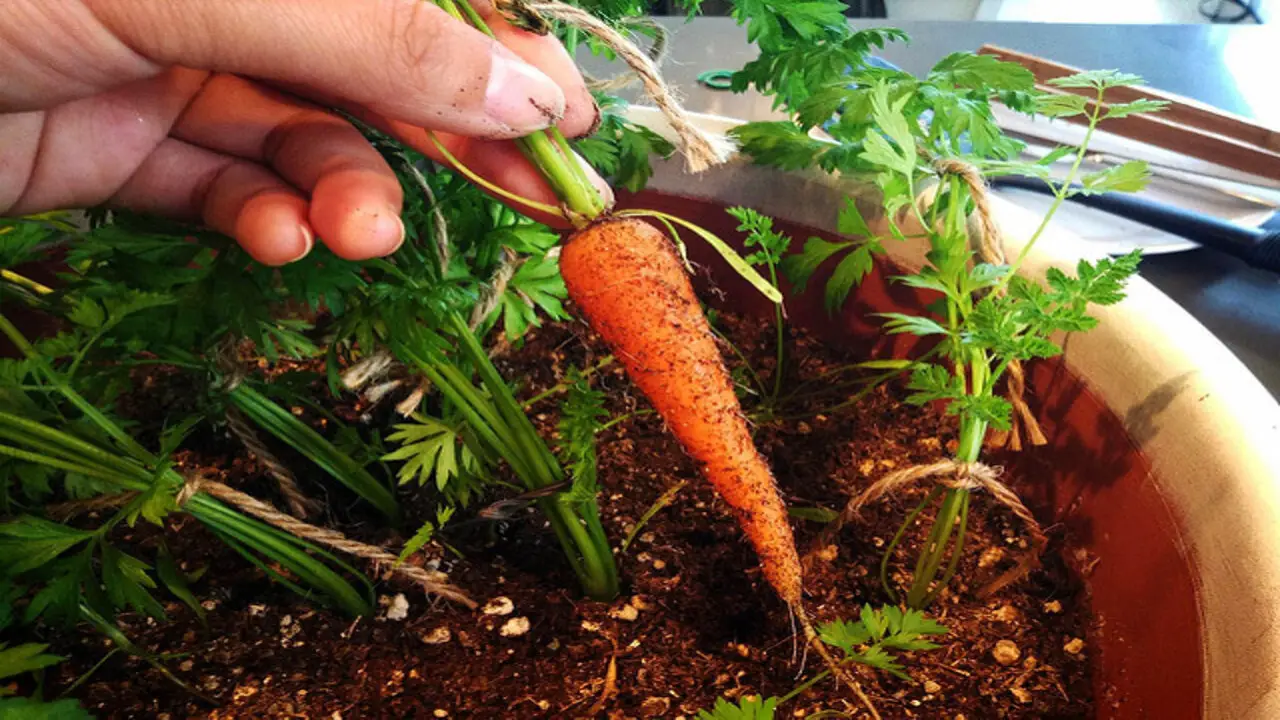
When growing carrots in containers, choosing the right type of container is important to ensure successful growth. When evaluating different types of containers, consider factors such as size, drainage capabilities, portability, and aesthetics.
It’s also important to ensure that the container provides enough depth for carrot roots to grow properly. Here is a list of different types of containers that you can consider for growing carrots:
- Pots: Pots are popular for growing carrots in containers. They come in various sizes and materials, such as clay or plastic. Make sure the pot has drainage holes at the bottom to prevent waterlogging.
- Grow Bags: Grow bags are lightweight and easy to move around, making them a convenient option for growing carrots. They are typically made from breathable fabric for proper airflow and drainage.
- Window Boxes: If you have limited space, window boxes can be a great option for growing carrots. They can be placed on windowsills or mounted on walls, providing an ideal environment for carrot growth.
- Troughs: Troughs are long, narrow containers offering ample space for carrot roots to develop. They can be made from various materials, such as wood or metal.
- Hanging Baskets: If you’re looking for a unique way to grow carrots, hanging baskets can be a fun option. Carrots and trailing plants like herbs or flowers can be planted, creating an attractive display.
The Benefits Of Container-Grown Carrots
Growing-carrots in containers can be a great option for those with limited garden space or poor soil conditions. There are several benefits to growing-carrots in containers. First, containers allow better control over the growing environment, including soil quality and moisture levels. This can result in healthier plants and higher yields.
Additionally, container-grown carrots are less likely to be affected by pests and diseases that commonly affect carrots grown in the ground. Lastly, growing- carrots in containers makes it easier to harvest them, as you can simply lift the container and remove the carrots without disturbing the rest of your garden. So, if you’re short on space but still want to enjoy homegrown carrots, consider trying container gardening.
Troubleshooting Common Issues In Growing Carrots In Containers
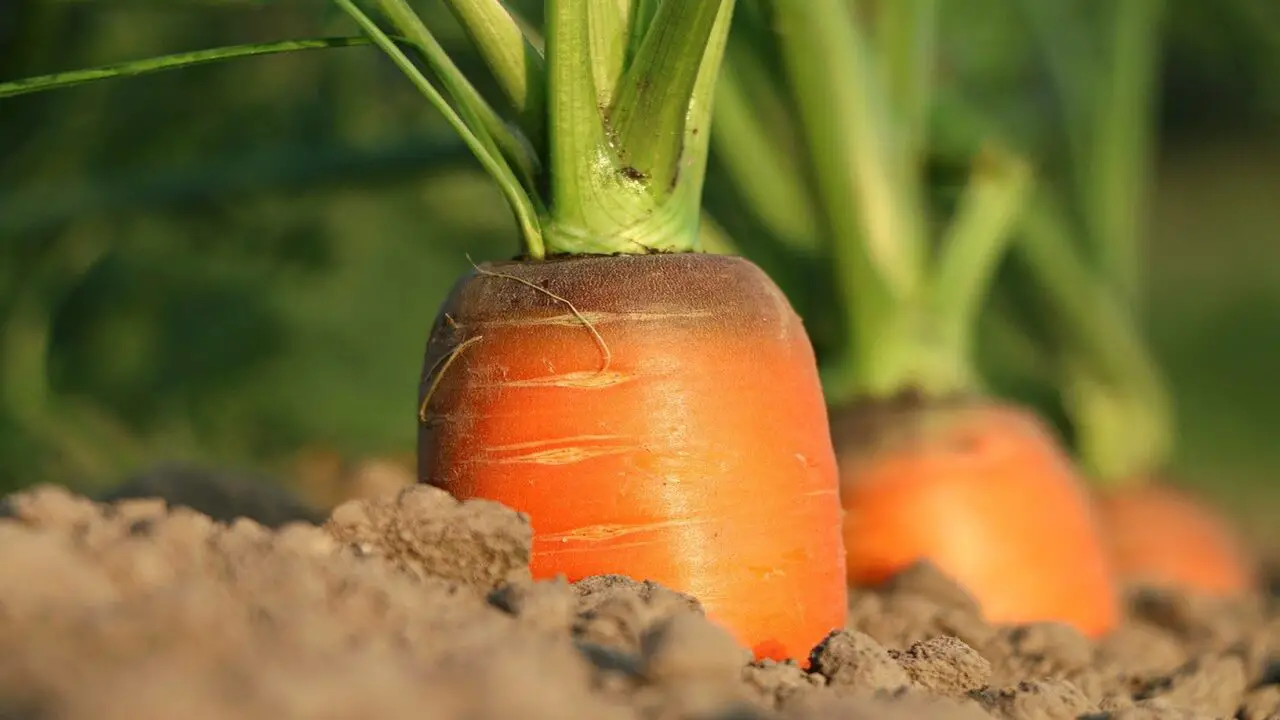
Growing carrots in containers can be a rewarding experience, but it’s not without challenges. Following these troubleshooting tips, you can overcome common issues and enjoy a bountiful harvest of delicious homegrown carrots from your container garden. Here are some tips for troubleshooting common issues that may arise when growing carrots in containers:
- Soil Quality: Carrots require loose, well-draining soil to grow properly. If your carrots are not thriving, it may be due to compacted soil. Consider loosening the soil by adding compost or perlite to improve drainage.
- Lack Of Sunlight: Carrots need at least six hours of direct sunlight each day to grow well. If your containers are not receiving enough sunlight, try moving them to a sunnier location or using reflective materials to maximize the available light.
- Overcrowding: Carrots need space to grow and develop their roots. If your carrot plants are overcrowded, they may not produce large, healthy roots. Thin out the plants by removing any excess seedlings, leaving only the strongest ones.
- 4. Pests And Diseases: Carrots can be susceptible to pests such as carrot flies and diseases like root rot. Monitor your plants regularly and take action at the first sign of trouble. Consider using organic pest control methods or disease-resistant carrot varieties.
- Inconsistent Watering: Carrots require consistent moisture to grow properly, but overwatering can lead to root rot, while underwatering can result in stunted growth and poor-quality roots. Keep the soil evenly moist by watering deeply when needed and mulching around the plants to retain moisture.
Maintaining Your Container-Grown Carrots
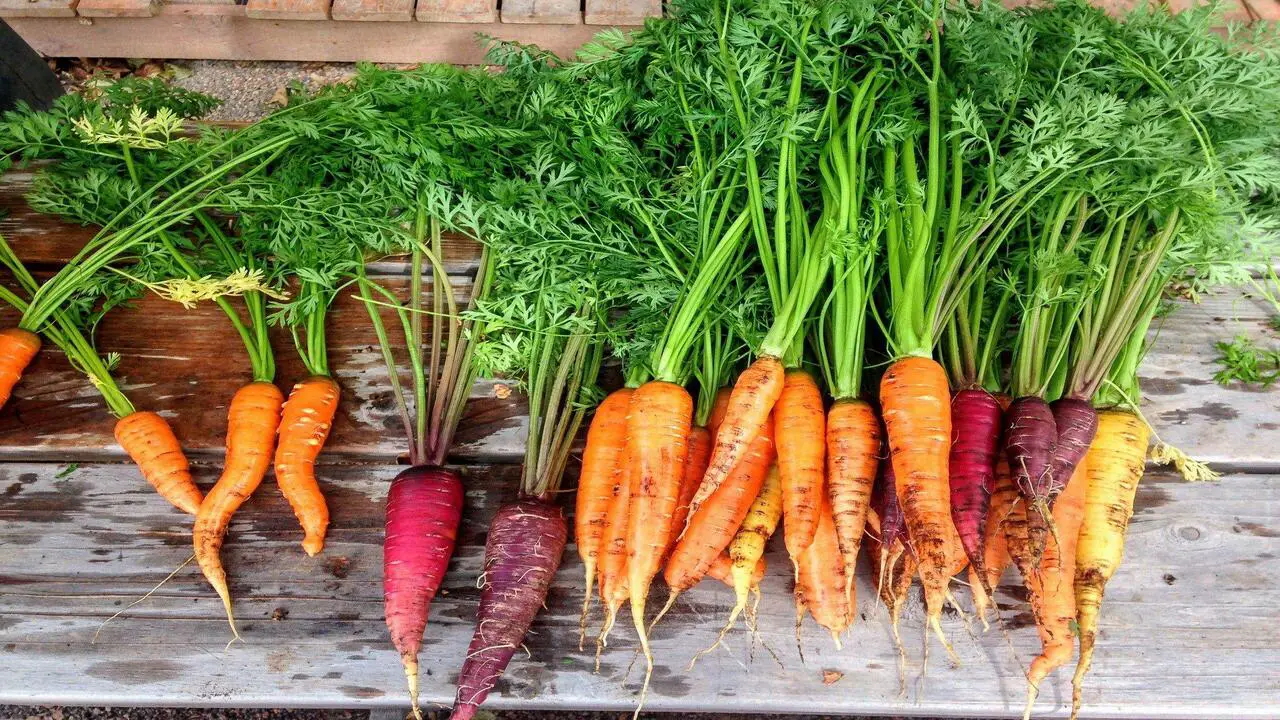
Growing carrots in containers can be a rewarding experience, but it’s important to know how to maintain them for optimal growth properly. By following these tips, you can ensure that your container-grown carrots thrive and provide you with a bountiful harvest of delicious and nutritious vegetables. Here are some tips for maintaining your container-grown carrots:
- Water Regularly: Carrots need consistent moisture to grow well, so water your containers regularly. Keep the soil evenly moist but not waterlogged, as this can cause rotting.
- Provide Adequate Sunlight: Carrots thrive in full sun, so place your containers in a location that receives at least 6-8 hours of direct sunlight daily. If you don’t have access to a sunny spot, consider using grow lights to supplement the natural light.
- 3. Thin Out Seedlings: Once your carrot seedlings have sprouted, thin them out to provide enough space for each plant to grow. Crowded carrot plants can lead to small or misshapen roots.
- Fertilize Appropriately: Carrots don’t require heavy feeding but benefit from a balanced fertilizer applied every few weeks. Look for a fertilizer formulated for root vegetables and follow the package instructions for application rates.
- Monitor Pests And Diseases: Watch for common carrot pests like aphids, carrot rust fly larvae, and slugs. Watch for signs of diseases such as carrot leaf blight or powdery mildew. Taking prompt action if you notice any issues can help prevent damage to your crop.
Conclusion
To sum it up, growing carrots in containers is a convenient and rewarding way to enjoy fresh, homegrown produce. You can successfully grow carrots in small spaces by understanding the growth requirements, choosing the right containers, and following a step-by-step guide.
Container-grown carrots offer several benefits, such as better control over soil quality and protection against pests. However, it’s important to be aware of common pests and disorders affecting your crop and take necessary measures to combat them.
Proper care and maintenance allow you to harvest your container-grown carrots at the ideal time and enjoy their delicious flavors. So why wait? Start growing-carrots in containers and experience the joy of home gardening today.
Frequently Asked Questions
1.Can You Get A Continuous Supply Of Fresh Carrots From Containers?
Ans: Yes, it is possible to have a continuous supply of fresh carrots from containers. Plant the seeds in batches, ensuring a steady harvest by spacing them 2-3 weeks apart. Regularly water and place the containers in a sunny spot. Harvest mature carrots and replants for an ongoing supply.
2.How Deep Do Containers Need To Be For Carrots?
Ans: Containers for growing carrots should be at least 12 inches deep. Carrots have long taproots, so deeper containers allow them to grow well. The width and length of the container don’t matter as much as the depth. Ensure the soil is loose and well-draining for healthy carrot growth.
3.Are You Ready To Grow Your Carrots In Containers But Still Have Many Questions?
Ans: Are you eager to start growing container carrots but have some lingering doubts? Don’t worry; we’ve got you covered! This section will address all your queries and provide valuable insights to ensure a successful container carrot garden.
4.Are There Carrot Varieties Best Suited For Containers?
Ans: Carrot varieties best suited for container gardening include short and round types like Paris Market and Thumbelina. Choosing varieties with shorter maturity times allows for quicker harvests. It’s important to select a container that is deep enough to accommodate the root length of the chosen carrot variety.
5.Can You Grow Multiple Carrot Plants In One Container, Or Should They Be Grown Separately?
Ans: Growing multiple carrot plants in one container is possible, but it is best to grow them separately. Crowding the plants can hinder proper growth and development. If you choose to grow multiple plants, ensure even spacing and thinning as they grow. Consider companion planting with herbs like dill or parsley for added benefits.

